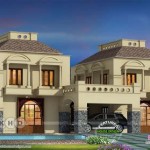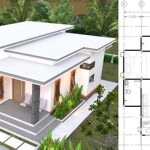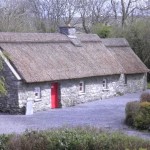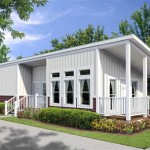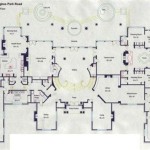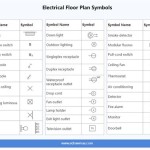Hot House Plans: Creating the Perfect Growing Environment
For gardening enthusiasts and plant lovers, creating a controlled and optimal growing environment is essential for nurturing a variety of plants indoors. Hot house plans provide a structured framework for building a greenhouse or hothouse, offering a unique and controlled space for growing plants in any season and climate. Whether you're an experienced horticulturist or a novice gardener, understanding hot house plans and their key elements is crucial in creating a successful growing environment. ### Benefits of a Hot HouseYear-Round Gardening:
Hot houses allow you to extend your growing season beyond traditional outdoor gardening, enabling you to cultivate plants throughout the year, regardless of harsh weather conditions.Controlled Environment:
By regulating temperature, humidity, and light levels, hot houses provide an ideal environment for specific plant species, ensuring optimal growth conditions. This controlled setting minimizes the impact of pests, diseases, and adverse weather, leading to healthier plants and increased yields.Diversity of Plants:
Hot houses accommodate a wide range of plants, including tropical and exotic species that may not thrive in outdoor environments. The controlled conditions allow you to cultivate a variety of plants that would otherwise be challenging to grow in your region.Educational and Aesthetic:
Hot houses serve as educational spaces, providing hands-on learning opportunities about plant biology, horticulture, and environmental science. Additionally, their unique design and verdant interiors create an aesthetically pleasing space for relaxation and enjoyment. ### Key Elements of a Hot House PlanFoundation and Structure:
The foundation and structure of your hot house are crucial for stability and longevity. Hot house plans typically include detailed instructions on constructing a sturdy base and a durable frame, usually made from materials like metal, wood, or PVC pipes.Covering Material:
The covering material plays a vital role in regulating light transmission, insulation, and overall heat retention. Hot house plans specify the type of covering material to use, such as glass, polycarbonate panels, or specialized plastic sheeting, each with unique properties and benefits.Ventilation and Cooling:
Proper ventilation is essential for air circulation, preventing excessive heat buildup and maintaining optimal humidity levels. Hot house plans incorporate ventilation systems, including vents, windows, or fans, to ensure adequate airflow and temperature control.Heating and Lighting:
To maintain a suitable temperature for plant growth, hot house plans include instructions for installing heating systems, such as electric heaters or solar panels. Additionally, lighting systems may be incorporated to provide artificial light during shorter daylight hours or to supplement natural sunlight.Irrigation and Drainage:
Hot house plans address irrigation and drainage systems to ensure proper watering and prevent waterlogging. This may include drip irrigation systems, subirrigation techniques, or manual watering methods. Adequate drainage is also essential to prevent root rot and maintain healthy soil conditions. ### Choosing the Right Hot House Plan Selecting the right hot house plan is crucial for meeting your gardening needs and preferences. Consider the following factors when choosing a plan:Size and Capacity:
Determine the size of the hot house you need based on the number and size of plants you intend to grow. Consider the available space in your garden or property.Location:
Choose a suitable location for your hot house, taking into account factors like sunlight exposure, accessibility to water and electricity, and proximity to your home or garden.Materials and Construction:
Select a hot house plan that specifies the materials and construction methods you're comfortable working with. Consider factors like durability, cost, and ease of maintenance.Climate and Weather Conditions:
Choose a hot house plan that is suitable for your local climate and weather conditions. Consider factors like extreme temperatures, wind loads, and precipitation patterns.Budget and Expertise:
Consider your budget and level of expertise before selecting a hot house plan. Some plans may require specialized skills or materials, while others may be more suitable for beginners. ### Conclusion Hot house plans provide a structured framework for creating an optimal growing environment for plants indoors. By understanding the key elements of a hot house plan and selecting the right one for your needs, you can create a controlled and thriving space for your plants to flourish all year round. Whether you're an experienced gardener or just starting out, a hot house can be a rewarding and enjoyable addition to your gardening pursuits.
House Plan 5565 00037 Contemporary 4 173 Square Feet Bedrooms 5 Bathrooms Southern Dream Plans New

Hot House Plans Houseplans Blog Com

Hot House Plans Houseplans Blog Com

Sample Htm Open Floor Plans With Discussion Of Your Many Options The Natural Home

Hot House Plans Houseplans Blog Com

12 Diy Greenhouse Plans For Gardeners On A Budget Bob Vila

Small Modern And Green House Plans By Mark Stewart

Floor Plan Greenhouse Home Deco Plans House 96539 Small

House Plan 1 Bedrooms Bathrooms 90101 Drummond Plans

Hot New House Plans Let S Get Summer Ready Dfd Blog

